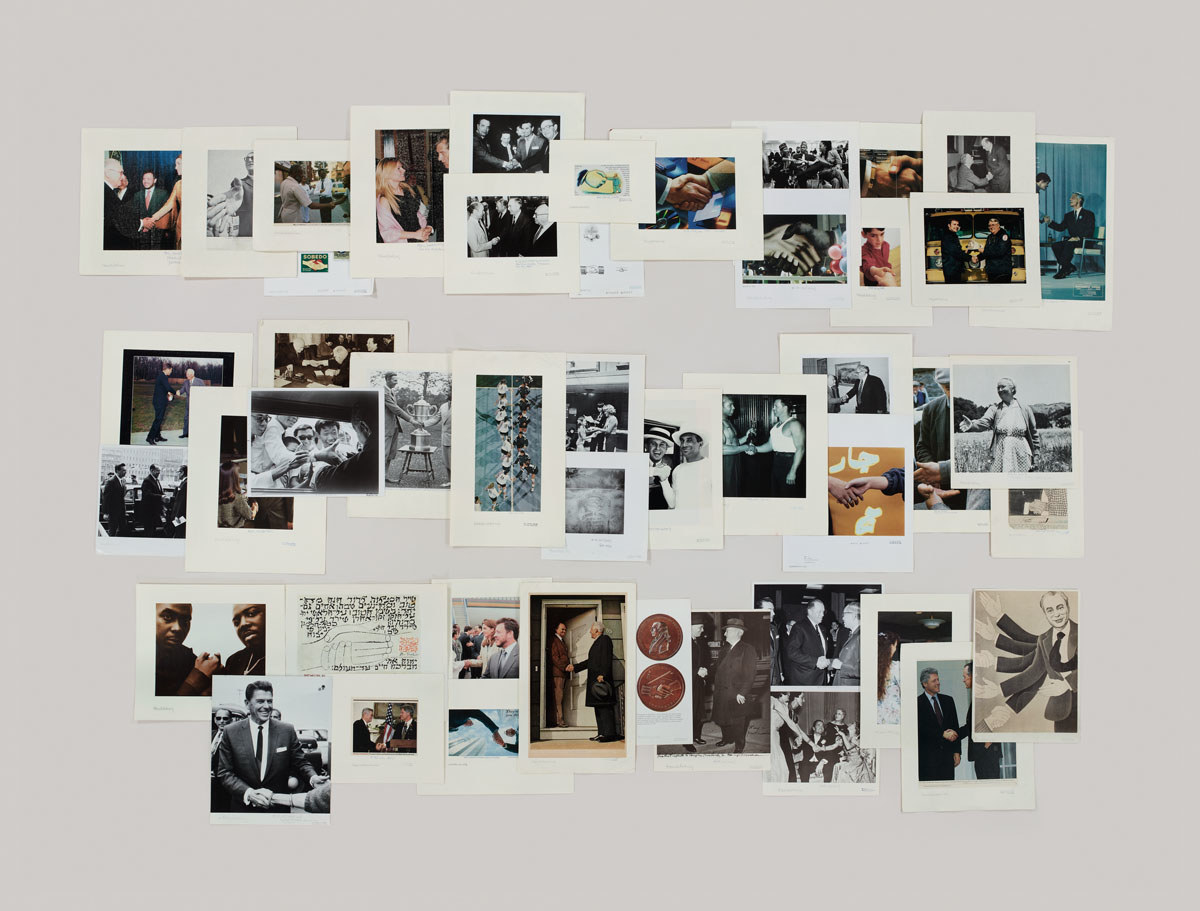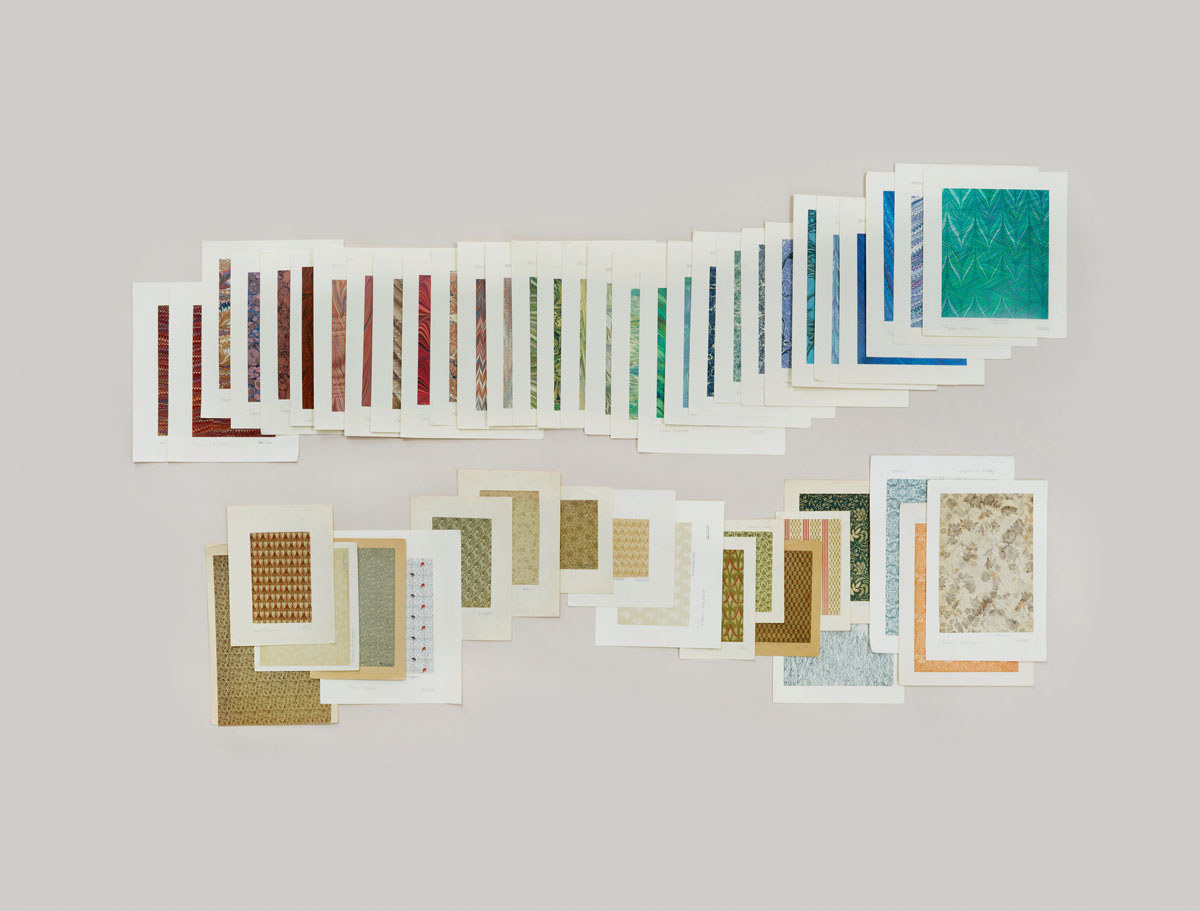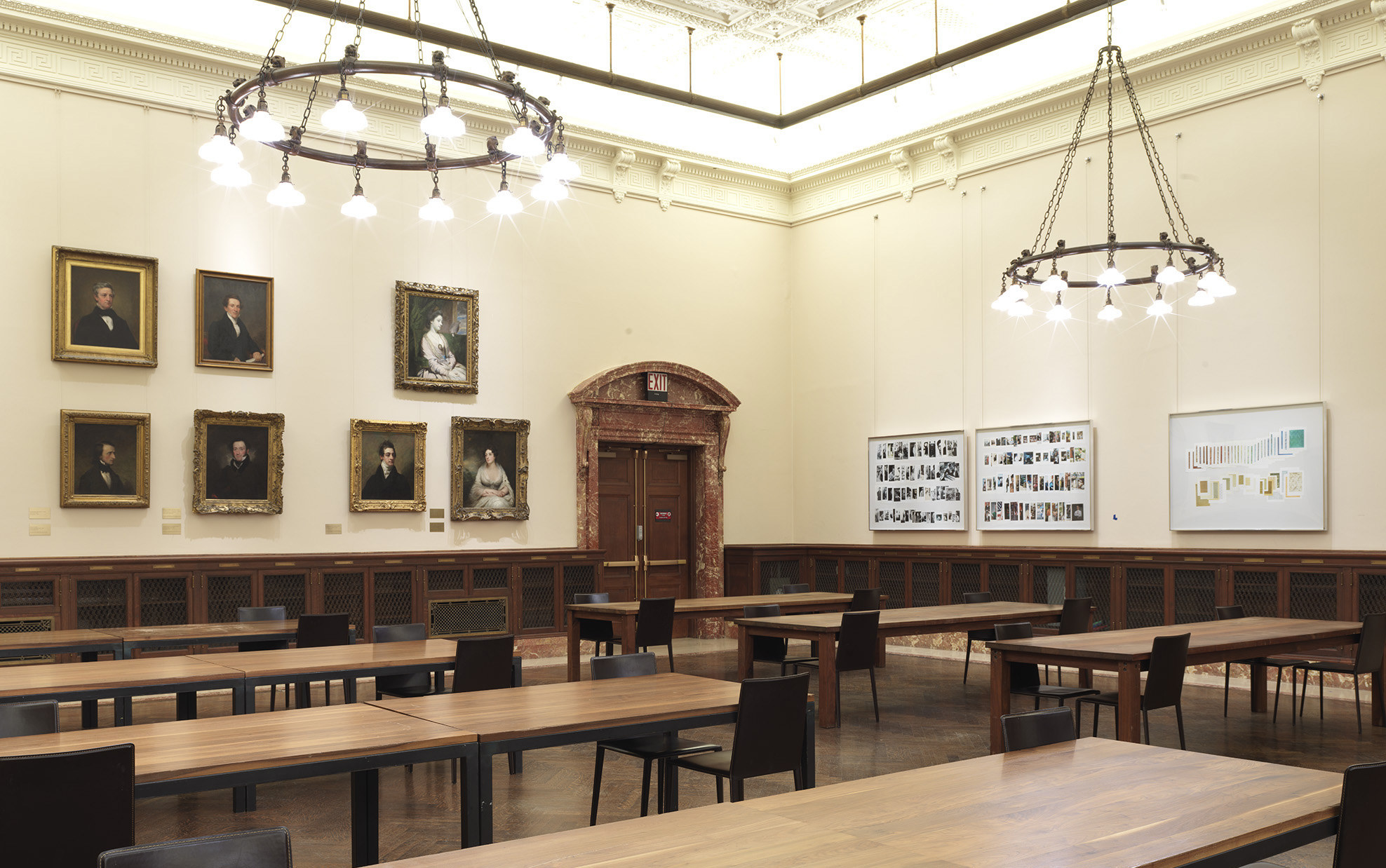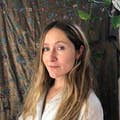
The picture collection consists of exactly what you might think — visual information from magazines, postcards, clippings, and photographs collected by the New York Public Library’s staff since 1915. From Singapore to silver mining, Oklahoma to olive oil, there’s a folder containing a century's worth of photographs for nearly everything. For visitors and artists, one of the most appealing things about the Picture Collection is that it’s one of the few spaces left available to us that is untouched by algorithms.
Some of the library’s most popular collections are costumes (for fashion designers) or New York City (for people who are curious about the place where they are living or visiting). “I like the subjects that are a little bit conceptual,” said Jessica Cline, the supervising librarian of the Picture Collection. “You maybe have a visual in your head when you think of [a] word, but there’s not a standard representation for it — like wind, or noise.” Earlier this year, the library decided to move the stacks to request only, prompting outcry from the photography community. The library changed its plans collection remains circulating and browsable.
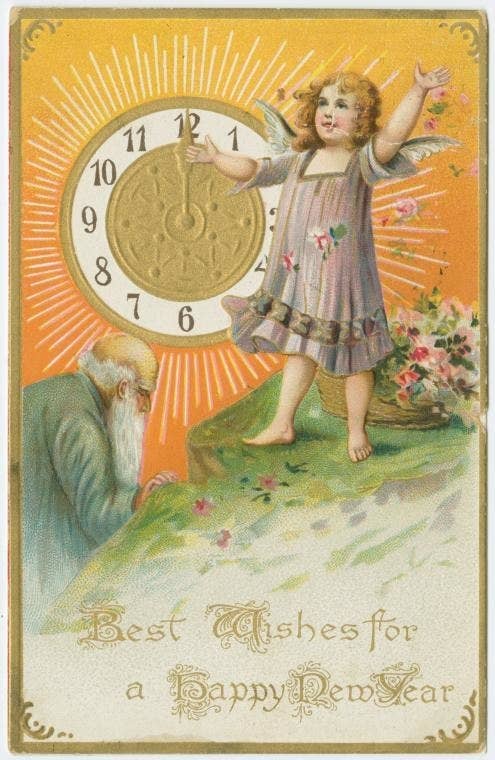
When the collection began a century ago, someone might have come to the library to find information on, for example, owls. In addition to the books and the encyclopedias available, the picture library served as a visual repository — remember, no Google image search. A person would make a request and a librarian would put a folder together of clippings or images that they would find and pass it on to the seeker.
“It became a really popular service,” said Cline, who notes that the practice was not uncommon in other libraries in the area. The physical location of the Picture Collection has changed, but to this day, about 1.5 million pictures are organized into 12,000 folders by subject. You can find a folder for highly visual events like avalanches and swimming pools, as well as things like junk, kidnapping, labels, and lampshades.
“The Picture Collection was formed in response to public demand, guided and shaped by the public's requests and their hunger for images,” said artist Taryn Simon, whose work is currently hanging within the branch of the library that houses the archive. “Going into that long history that has shaped American culture was like going down a rabbit hole.”
The collection at the New York Public Library wasn’t the first in the country, but it has become one of the most loved and most enduring archives thanks in part to a radical and largely overlooked woman named Romona Javitz. Javitz, who took over at age 26 in 1930, was passionate about serving the public’s desire for images, “prioritizing access over preservation,” writes Joshua Chuang in the introduction to The Color of a Flea’s Eye by Taryn Simon, a book and portable representation of the Picture Collection.
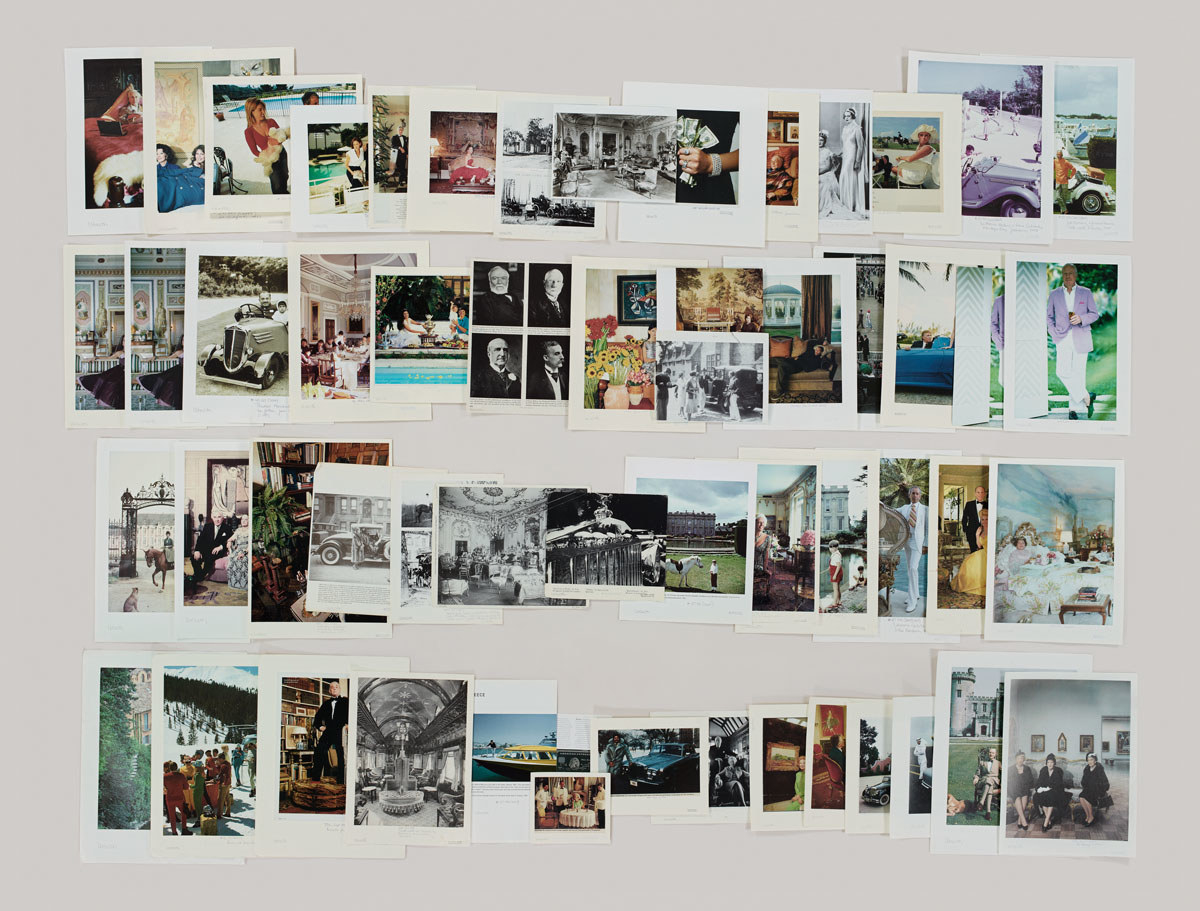
“Artists use the collections endlessly,” Cline said. Andy Warhol stole hundreds of images from the collection surreptitiously — ironically, you can now request to view them in his archives by appointment. Warhol had a boyfriend who worked at the collection in the 1950s, and Cline said that artist would come and take images out of the collection that he later used in his art. “There was a retrospective at the Whitney a couple of years ago, and they had one of our Picture Collection pictures there hanging in the exhibition; you could see our little stamp on it and everything," Cline said.
Despite discouraging outright theft, the collection encourages artists and creatives to come to use it for all purposes. The librarians interact with artists and the public on the collection’s Instagram account, too. “I wanted people to see how others actually use the collection, and it’s been a huge success,” Cline said.
Simon has been inspired by the physical collection for over a decade. Simon’s art is vast and ambitious — and each project can be radically different from the next. Her work in the past has included performance, sculpture, and photography — from installation The Cold Hole to Contraband, where she went behind the scenes at John F. Kennedy International Airport to photograph contraband seized on international flights.
In 2012, Simon and the artist Aaron Swartz built the website Image Atlas, which allows visitors to type one word into the search engine, like “candy,” “woman,” or “hope,” and see what the results would look like for the word in different languages on local search engines. “You can see all the comparative ways in which visual material is categorized,” Simon said, “and it made me think of the Picture Collection, which is the manual version of what we were exploring and something that precedes all of these capabilities [on the internet].”
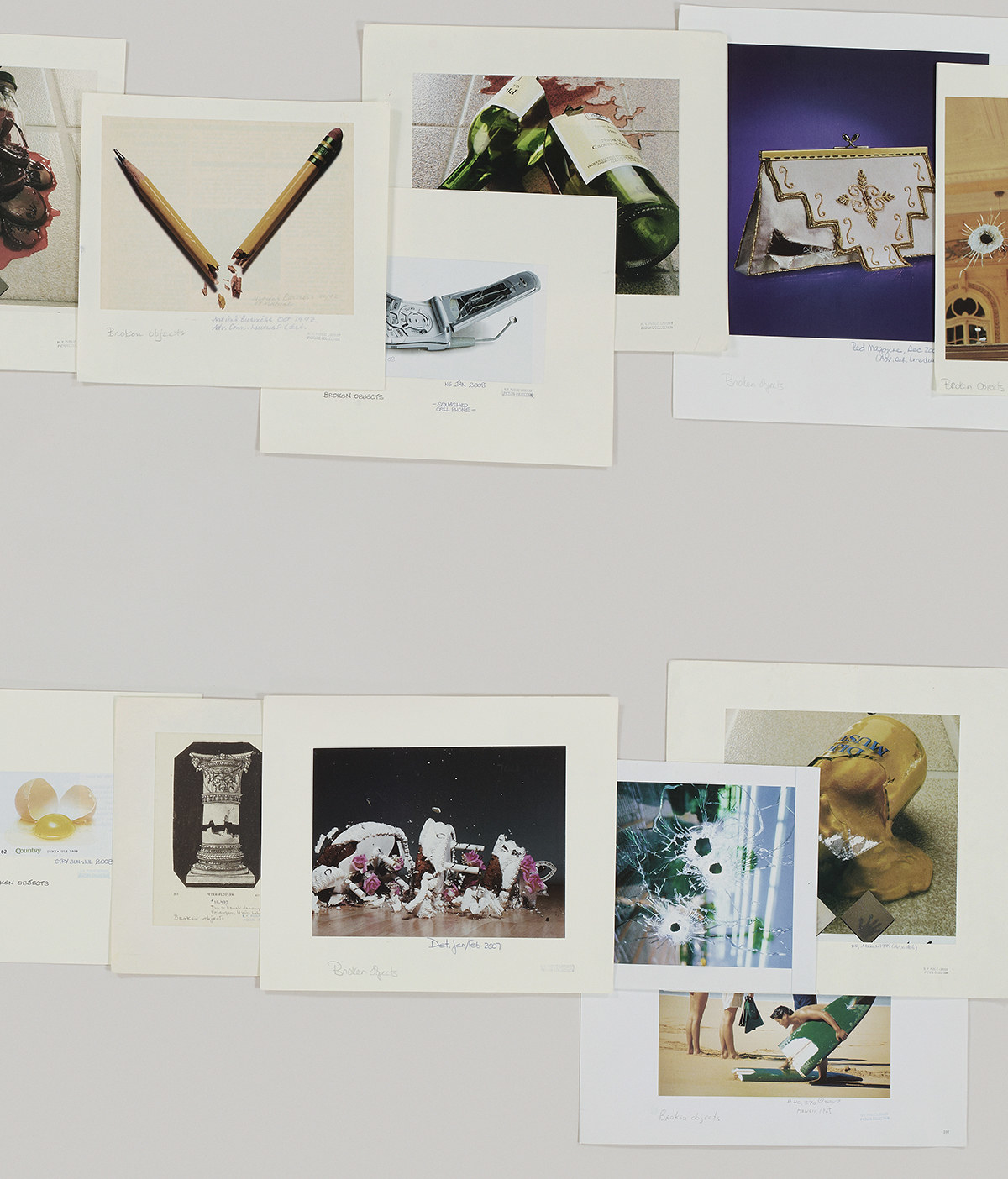
Simon returned to the Picture Collection for her new work, The Color of a Flea’s Eye, which has become both a book and an exhibition at the library that is up through May 2022. “[Taryn] really worked hard to bring it into the library,” Cline said. “It’s basically her love letter to the Picture Collection and to the library. She really wanted it to be seen here to interact with the collection.”
Simon’s work mimics the folders at the library, with pictures of the collection’s folders of veils, men, “rear views,” and smell. “It's a tricky thing to describe, but that's part of its beauty, that it's about touching and being,” Simon said. “The picture library is like a living organism.”
Her works hang in a room alongside paintings that have been in the library since its very founding, with the overall effect encouraging the viewer to think about the space as an installation as a whole. “It's a shrapnel of imagery that's then captured and organized, but ultimately abstract with these accidental juxtapositions that come from that,” Simon said. “It's a tricky thing to describe, but that's part of its beauty, that it's about touching and being. You can discover all these things that aren't on Google. It's a different way of functioning, how it makes the brain work.”
